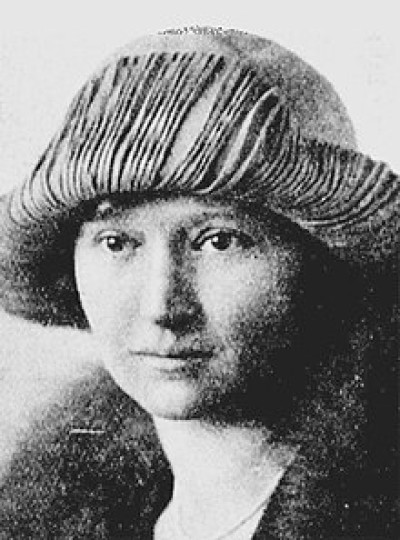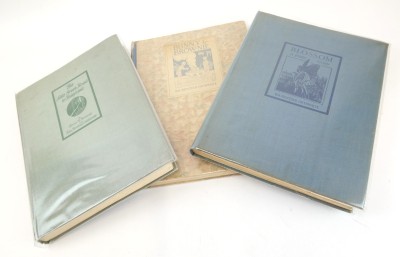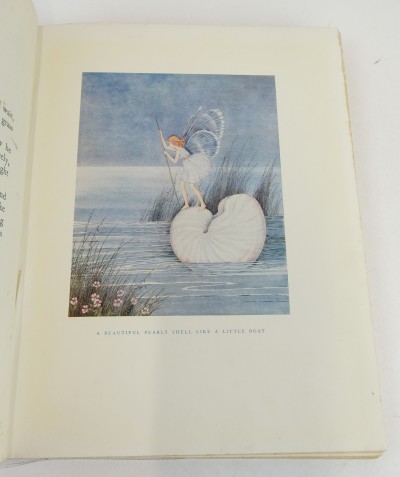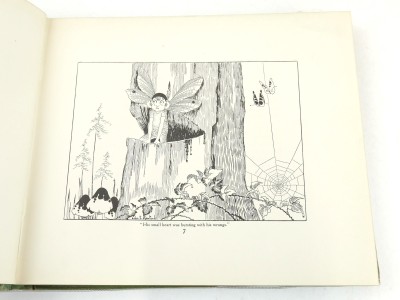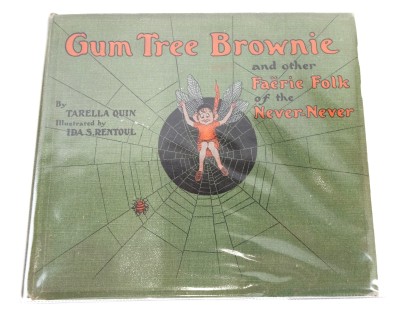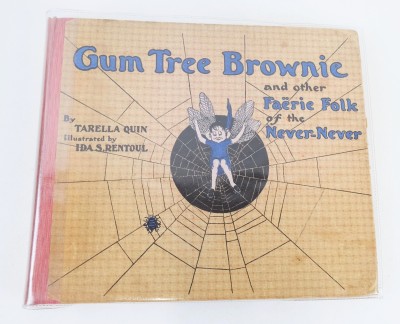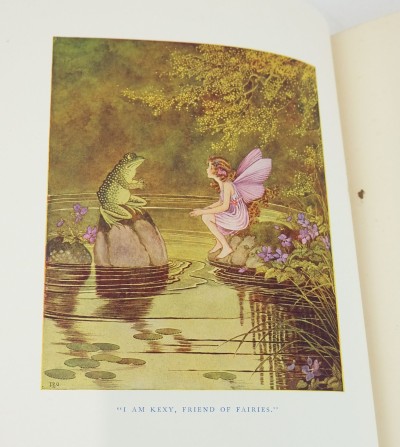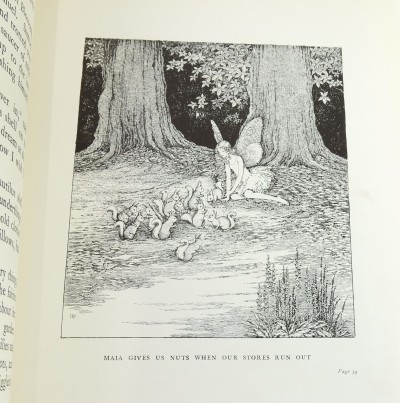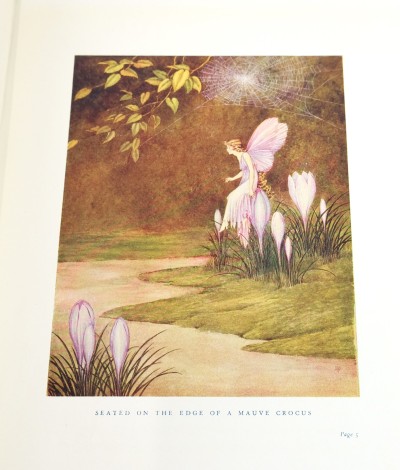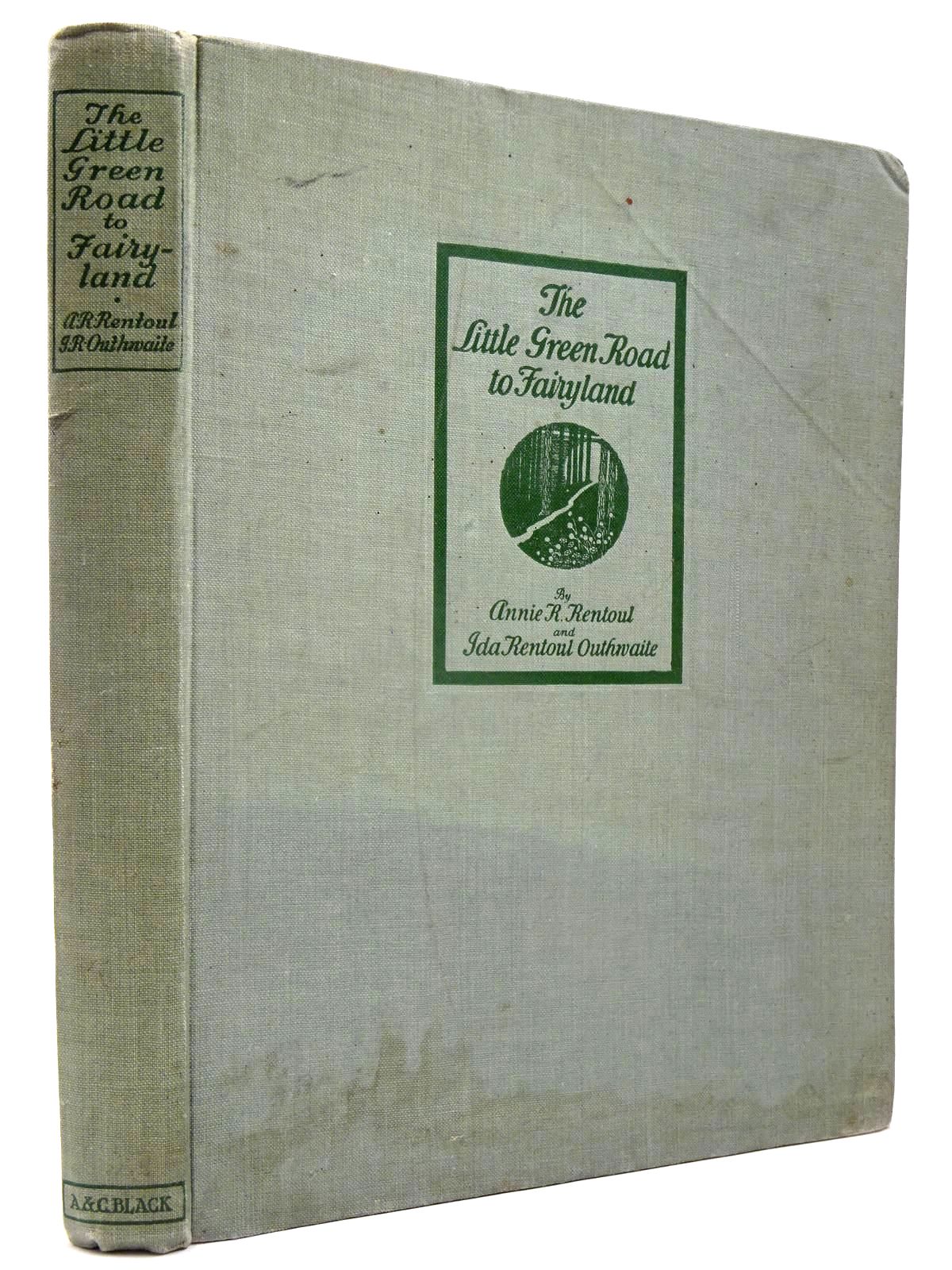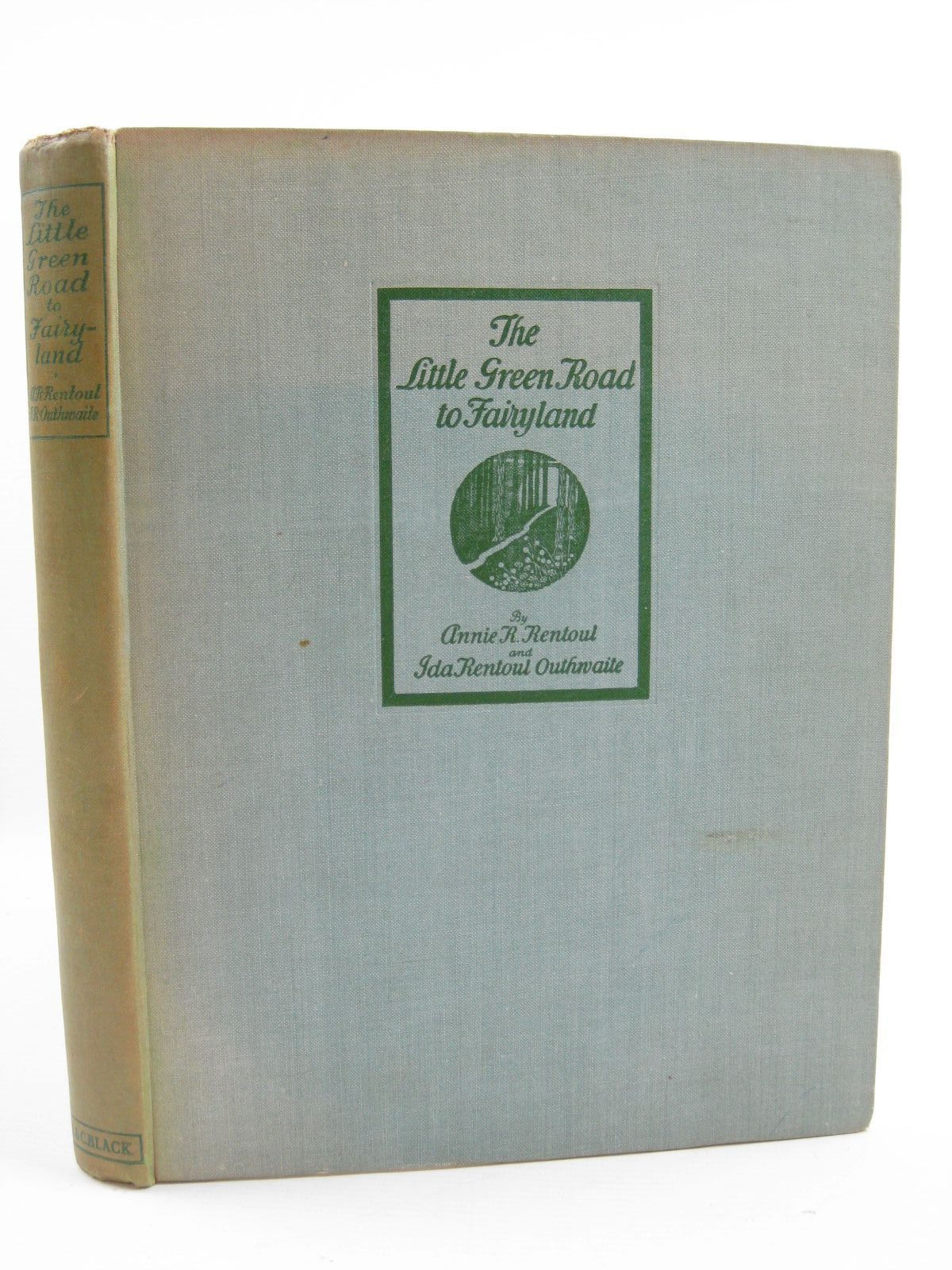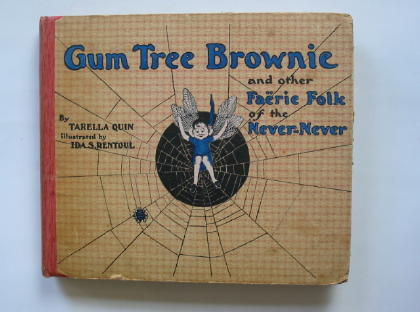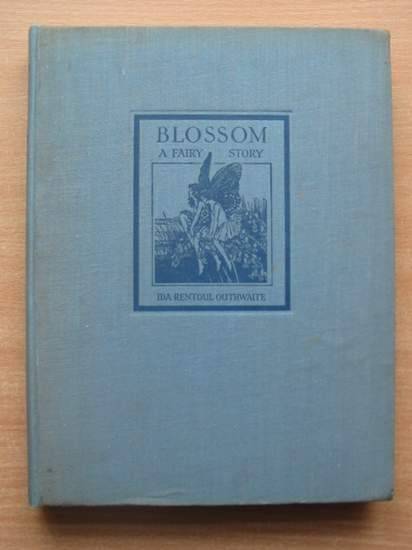Ida Rentoul Outhwaite
You would be forgiven for never having heard the name Ida Rentoul Outhwaite, an Australian illustrator of children’s fiction (I am writing this from the UK). At the turn of the 20th century, she was well known for bringing fairies and other magical creatures to life, using mainly pen and ink and watercolour. Fairies, brownies, elves, and witches interact with the animals of the Australian outback. When she died in 1960, her fame was dwindling, as artistic tastes of children turned to focus on the less naïve.
Ida was the youngest of six children. Born in 1888, she had one sister. and two brothers. There were also two older siblings who died while still young children. She was also known as Ida Sherbourne Rentoul and Ida Sherbourne Outhwaite. She became more generally known as Ida Rentoul Outhwaite after marrying Arthur Grenbry Outhwaite in 1909.
Her older sister, Annie Rattray Rentoul was a prolific storyteller and the two collaborated on a number of stories together. Annie would tell the story and Ida would illustrate it. Ida’s first book to be published for which Annie produced the text was Mollie’s Bunyip published in Melbourne in 1904. She also collaborated with Tarella Quin on the book: Gum Tree Brownie and Other Faerie Folk of the Never-Never.
Annie & Ida’s most popular book and the best known was The Little Green Road to Fairyland published in London at the end of 1922 by A. & C. Black. The Fairy World of Ida Rentoul Outhwaite by Marcie Muir & Robert Holden, from which much of the information you are reading is gleaned, describes the text of this book as ‘gushingly sentimental’ and ‘cloyingly sweet’… I don’t know… you will have to read it for yourself to decide (it is a bit ‘icky’ by today’s standards in my humble opinion). The book is about a fairy that ends up living with the woodcutter’s wife to comfort her for the loss of her baby daughter. As time goes by, ‘Fairy’ gives away her magic gifts to others who need them - her magic flute to the teacher’s crippled brother, and her wings to make a dress for poor little Sylvie. When the woodcutter’s wife passes away, Fairy is called back to Fairyland where she regains her magical powers.
Ida’s illustrations were usually feminine with a child or a fairy or both. They were peaceful scenes and not at all scary. Some of them brought the Australian outback to life by including pictures of Australian animals such as the koala bear, kookaburra and the lyre bird. Often humour would leak from the pictures. My personal favourites are her colour illustrations - while many of her black and white illustrations are cluttered and fussy, I find the colour images to be very calming and otherworldly. However, whatever your opinion of the pictures, if you like books about fairies – these are for you!
Information gleaned from:
Wikipedia
Google
The Fairy World of Ida Rentoul Outhwaite by Marcie Muir and Robert Holden
Contributed by Sonia
(Published on 2nd Jan 2024)


